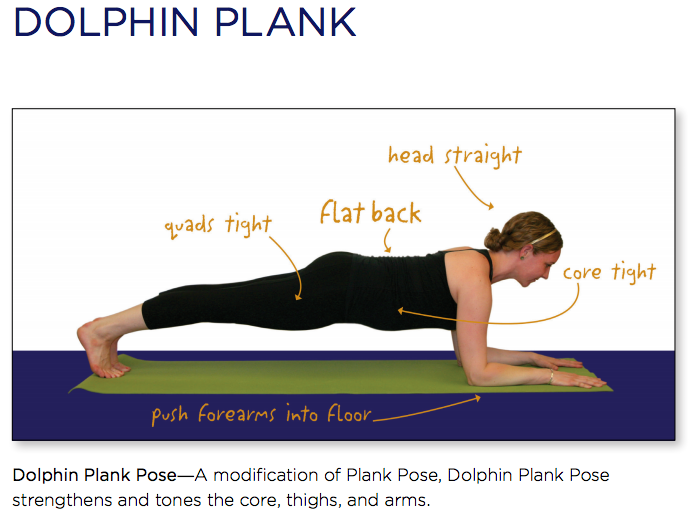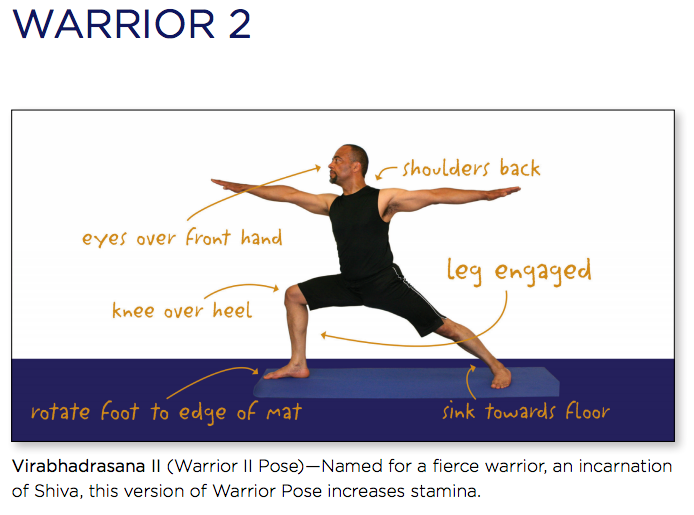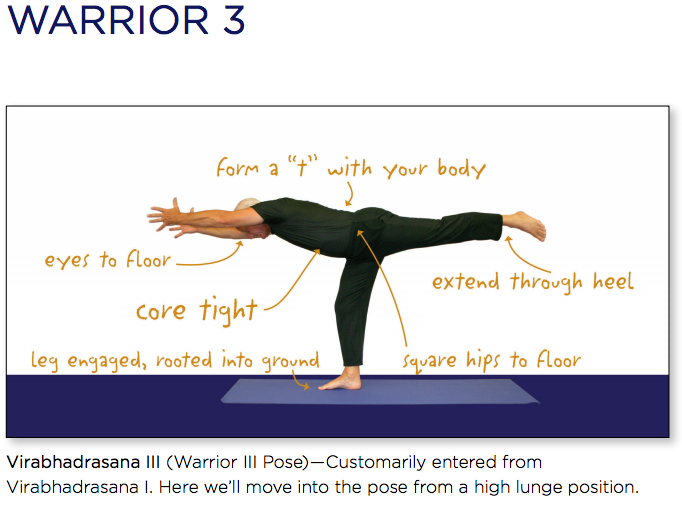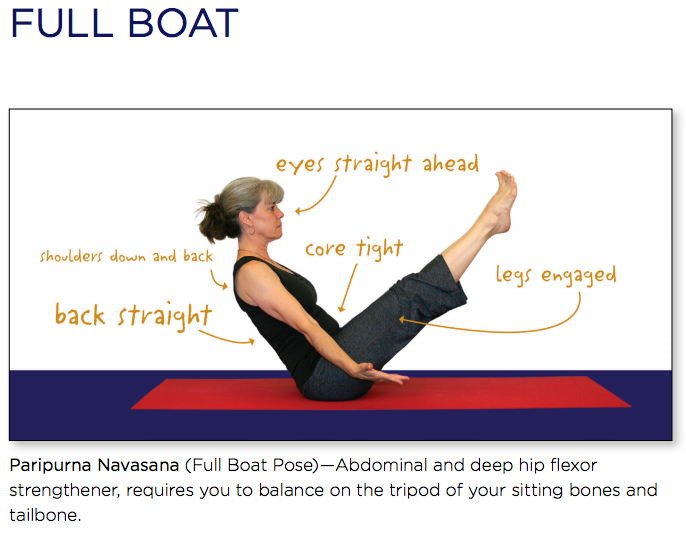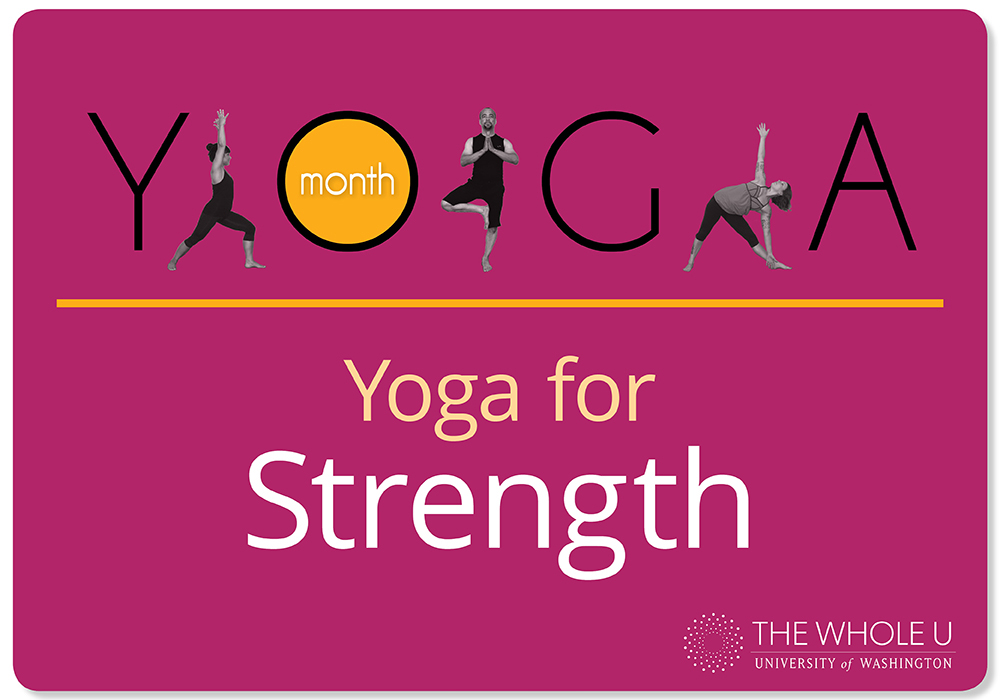
Week 3 – Yoga for Strength
I’ll admit it. I’m sort of a gumby. Most consider flexibility to be an asset or goal in yoga. I did too, until I encountered poses like handstand or fully extended side plank. I wondered why I would go from super-yogi to a puddle of mush in one transition.
My natural ability to coax my limbs into a variety of pretzel-like shapes impresses the untrained eye. However, the trained eye sees the precarious, potentially harmful situation this can cause. My athletic build gives the appearance of stability, but my joints are loose and my muscles are overly pliable. Joints and muscles only stretch so far before their resilient elasticity is irreparably transformed into an overstretched rubber band-like state. Recovery from pushing yourself too far is painful and challenging.
Fortunately, about 10 years into my practice, I happened upon a well-informed, masterfully articulate teacher with keen eyes. In the deepest of yoga’s hip opening poses, I felt no different than if I was lying in bed, completely relaxed. Whereas almost all people feel instant fiery sensations when entering a pose such as pigeon, I dropped in with marked ease. Sensing something was not right about my peaceful state during class, my teacher asked me to engage my thigh muscles in certain trajectories. I instantly felt the warmth of sensation light me up.
For the next three years, my teacher helped me connect to the strength-building side of yoga practice. Her thoughtfully chosen language helped me access optimal alignment through muscle awareness and engagement. I learned how to be strong and steady in every pose. Eventually those unreachable poses became available to me through a new connection to my own strength.
Building strength through yoga practice takes full commitment. You have to stay curious about every muscle’s role, the job of different muscles groups, and how they relate to one another in different types of postures and movements. Whether you’re at the computer, the gym, or out and about, yoga-based strength ensures optimal musculoskeletal alignment, supporting the longevity of your joints.
Yoga’s stress-reducing, peace-inducing reputation abounds, but the intricacies of building strength through yoga fine tunes your comfort and ease on and off the mat. In addition to enhancing your physical prowess, the energy of strength and stability you create in your body also influences the nature of your heart and mind. You will see yourself standing firm and steadfast, with added capacity to focus, be patient, and see things through despite challenges and obstacles.
Try it out
In yoga, strength is built from the ground up, emulating the stability of the earth. Stand up and try it:
- Plug your feet into the ground by lifting all ten toes to feel the muscles of the feet engage. Feel your strong arch opposing the heavy balls of the feet and heels. Lower your toes back down one by one, not losing a bit of that connection to the ground.
- Bend your knees a bit to work the lower leg bones back in the ankle sockets and the top of the shins forward at the knee. This allows your calves to work slightly toward one another without disengaging your feet. The knee bend also brings the lower thigh bones forward and the upper thigh bones to the back of the pelvis.
- Try to swivel your upper thighs in toward center, then back and apart without shifting your feet. This leg position creates a firm foundation for the upper body to optimize its position to gravity.
- Roll your pelvis forward and up to lengthen the low back. Draw the lower abdominal muscles to the midline, as if trying to tighten the space between the hip bones.
- Lift your ribs off your waist to create space in your mid-back. The core muscles should have more space to engage. Here, draw your lower ribs in and down toward the navel to balance your center of gravity.
- Move your upper arm bones back in the sockets to spread the chest open.
- Firm your elbows down to move the shoulder blades down and stabilize the upper back, and give the neck more space.
- Move your chin slightly down and in to lengthen the back of the neck.
Using these alignment principles, hold each of the following poses for 1-4 minutes (repeat on both sides for asymmetrical postures).
For more info on these poses, and 17 others, download The Whole U’s Yoga Pose of the Day Handout.
In the video below, I’ll guide you through a routine called Surya Namaskara, or Sun Salutation Series A.
 Mandy Morneault has taught yoga at the UW and at studios in Seattle since 2008. She is passionate about sharing yoga’s life-brightening benefits. When not teaching yoga, Mandy works for the UW’s Institute of Translational Health Sciences, helping to accelerate research to improve healthcare.
Mandy Morneault has taught yoga at the UW and at studios in Seattle since 2008. She is passionate about sharing yoga’s life-brightening benefits. When not teaching yoga, Mandy works for the UW’s Institute of Translational Health Sciences, helping to accelerate research to improve healthcare.
